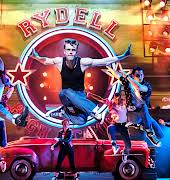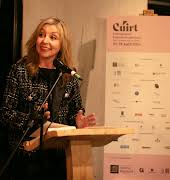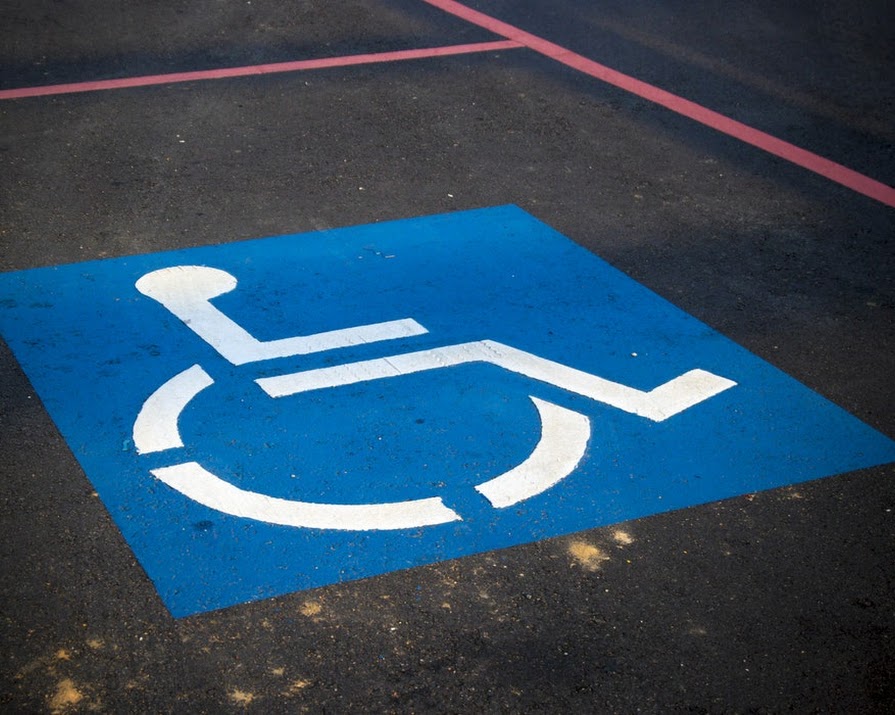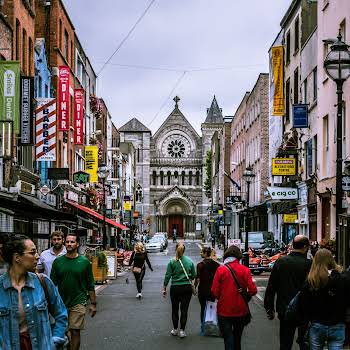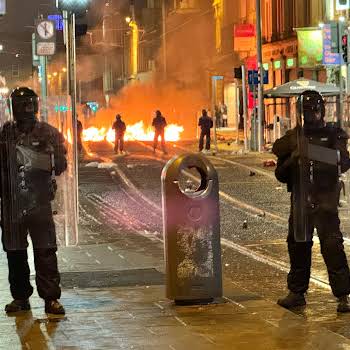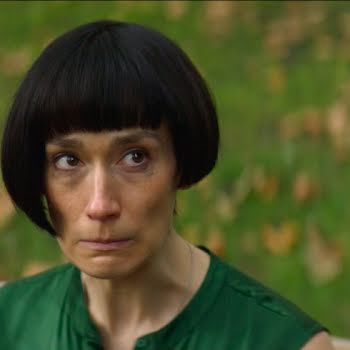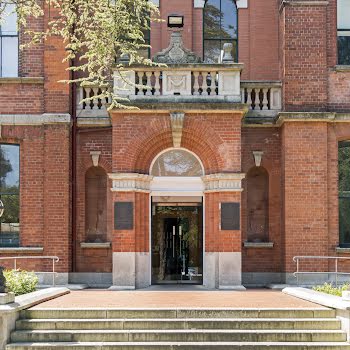Dublin has been named the most accessible city in Europe: here’s why I disagree with that
By Louise Bruton
13th Jun 2019
13th Jun 2019
As a wheelchair user in Ireland’s capital, Louise Bruton has grown all too used to the obstacles and lack of awareness and care towards disabled people that abound in Dublin. So when a recent report found it to be Europe’s most accessible city, she reflected on why our best isn’t good enough.
“It’s 2019. How is that place not accessible?”
On Twitter, whenever I mention that somewhere I’ve visited wasn’t suitable for a wheelchair user, even if it claims online that it is, that’s the response I get. There’s outrage. There’s a sense of shock that so many places have not taken the needs of disabled people into consideration. There’s the declaration that those places are stuck in the past and they’re breaking the law but, unfortunately, this is very much happening now and they’re not actually breaking the law. This is my reality and the shock has worn off into something more jaded, more disconnected.
Putting in the work
I’ve been living in Dublin for the guts of 11 years and eight of those years have been as a wheelchair user. I’ve been on panels, podcasts, radio shows and TV shows discussing the many failings that Dublin presents to disabled people. I’ve written hundreds of blog posts, dozens of guest blog posts, countless newspaper articles, one play, an endless stream of tweets and the occasional Facebook rant on this very subject. Sinéad Burke has done a TED Talk and addressed the World Economic Forum on this topic. The Irish Times just wrapped up the year-long Platform Series, where seven disabled writers gave wide and varied examples of how society has repeatedly overlooked or excluded us. So when you say “It’s 2019. How is that place not accessible?”, it’s a reminder that people still do not view the world through our eyes. Or, even worse, our efforts to draw attention to the obstacles aren’t enough.
According to a study taken out by Alpharooms, Dublin is the most accessible city in Europe. Evaluating tourist attractions, hotels and transport and rating them out of five, our fair city came out on top ahead of Vienna, Berlin and London. But the reality of living in Dublin as a disabled person – rather than the temporary status of being a disabled tourist – presents a far more muddled understanding of access.
Even though I’ve lived in Dublin for most of my adult life and I’ve figured out which parts of the city to avoid completely. It’s 2019 and I still get stranded on trains. I still have to take the long way around to cross the River Liffey, avoiding the cobblestones of Temple Bar and the steps of the Ha’Penny Bridge. On bin collection day, I have to teeter carefully on the kerb as green bins, black bins and compost bins wait for their owners to bring them back home.
The reality of living in Dublin as a disabled person – rather than the temporary status of being a disabled tourist – presents a far more muddled understanding of access.
When disabled writers or activists write a post or a tweet thread about our struggles, we get kudos online but that doesn’t stop strangers grabbing our wheelchair and asking for a “go”. It doesn’t stop hate crimes happening on the streets. It doesn’t increase the availability of adapted social housing. It doesn’t increase our chances of landing a job. Access isn’t just physical and studies like Alpharooms’s are dangerous — because if somewhere is declared as “the most accessible”, it suggests that there’s nothing more to be done. That Dublin is perfect when it’s far from it, either for a resident or a tourist.
I know Dublin — I boast that I could be an ordnance surveyor — but when I tried to get from Central Bank to Temple Bar Gallery and Studios the other week for a work event, this 45-second journey turned into a ten-minute ordeal. It took me six attempts to get from A to B, encountering pathways that were blocked off by construction hoarding, bins, sandwich boards and fallen bicycles or pathways that didn’t have a dropdown to cross the road. It’s a straight route from Central Bank to Temple Bar Gallery and Studios but I had to zig-zag my way across this little black hole of Dublin like a fritzed-out bumblebee. Does that sound like an accessible city that a disabled tourist would be able to navigate?
Getting from Central Bank to Temple Bar Gallery and Studios in a Wheelchair: A Journey pic.twitter.com/wMgoSWIILw
— Louise Bruton (@luberachi) May 30, 2019
The Citizen Cycle
I’m currently collaborating with The Citizen Cycle, an arts project that wants to see a more cycle-friendly city which has some parallels in creating an accessible and liveable city for wheelchair users. In doing this, I’ve had to revisit all of the times I’ve been disabled by Dublin city itself. For every office or home located in an inaccessible (read: Georgian) building, every new fully accessible hotel or tourist destination will not improve the quality of my life. For every protest against the new proposed BusConnects routes, we miss out on a chance to repave and rethink the city so that it’s functional for everyone. Every time “it’s a protected building” is used as an excuse for a building having zero access facilities, disabled people are reminded of where they stand. And it’s outside.
So the next time you try to blurt out the words “It’s 2019. How is –”, a reminder that the lived experience of being a disabled person in Dublin is so worn down that nothing really shocks us anymore. Dublin may have more accessible tourist destinations than Berlin but when it comes to living in this city as a wheelchair user, the best just isn’t good enough.







